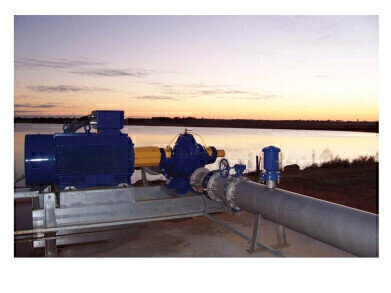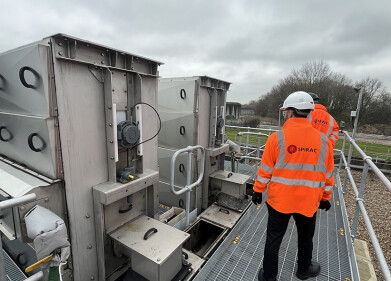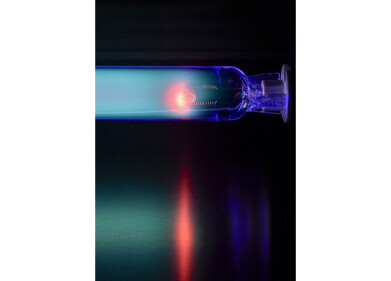Water/Wastewater
Stanners Replies to Criticism over "Terrorism" Threat to UK Water
Sep 09 2015
Craig Stanners, Director of IVL Flow Control (UK) has hit back at criticism that he was scaremongering when stating that the UK’s water networks are ‘vulnerable to terrorist attack'.
Stanners acknowledges that there is a business element to his comments:
“The serious question I was asking came in to the spotlight the very next day when terrorists tried to contaminate the main water supply in Pristina, Kosovo”, he said.
“Despite some negativity, it is heartening to hear many in the industry recognise that there should be some reviews and that as much as any of us don’t want to think about or talk about terrorism, it is, unfortunately, part of the world we now live in”.
He added: Security of supply is a major issue for water companies all over the world who spend millions on leakage and burst reduction. Here in the UK, Pressure Reducing Valves (PRVs) are the preferred option of the industry. What we need to consider though is a more intelligent type of valve that checks to see if water is available upstream of its location before supplying the required downstream demand, which is why we designed the Demand Control Valve”.
He continued: “Are you really happy with water quality readings currently taken with a 3 to 5 day cultured period for biological results, as so many are? Shouldn’t it be taken at key locations throughout a trunk main system, down to DMA levels so that a problem can be localised and isolated immediately? Or would you rather still wait and then send out a team of people to deal with a problem, by which time it could be too late?
“On top of the normal water quality parameters such as turbidity we have added to our system a Tryptophan like fluorescence (TLF) monitor, that monitors the optical space based on its fluorescent properties. Within this optical space there is a specific area that highlights the presence of free amino acids, which are present within any organic matter or bacteria that is present within the water. This is then relayed back to either a RCC (regional control room) or directly to the strategic control nodes or our intelligent demand control valves within the network that can then autonomously close or restrict the flow preventing the contamination of the rest of the distribution network. Combining this with an autonomous network control theory, other control nodes/valves will then autonomously open and supply flow from other parts of the network ensuring proper security of supply”.
Events
May 05 2024 Seville, Spain
May 13 2024 Munich, Germany
May 23 2024 Beijing, China
May 23 2024 Beijing, China
Jun 10 2024 Algiers, Algeria













